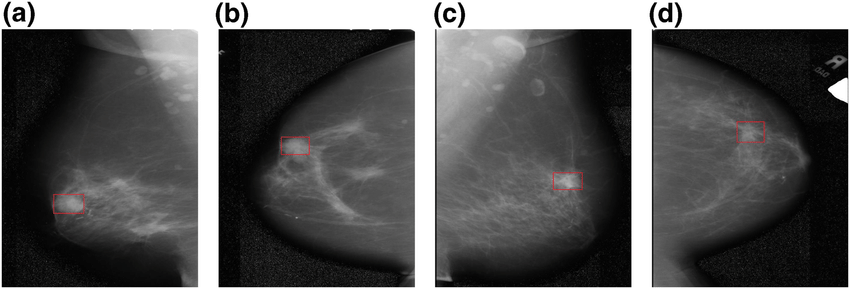Technology Introduction
Molybdenum target inspection is a new digital imaging technology that combines traditional radiology technology with modern computer technology. It finally transforms the ordinary X-ray image into a digital image that can be quantized. The traditional X-ray film technology and the qualitative quality of image quality make it easier for radiologists to find suspicious malignant lesions in mammography, which is considered to be a method to improve the early detection rate of breast cancer.
Advantages
The mammography system has the characteristics of clear imaging, convenient and quick inspection operation, and small radiation dose. The instrument can accurately detect the shape, size, density, and nature of breast hyperplasia, lesions, masses, and calcifications. It can accurately judge and identify calcifications of breast lesions that cannot be identified by color Doppler ultrasound, and is known as the “gold standard” for international breast disease examination.
As a non-invasive method of examination, mammary gland Molybdenum target X-Ray inspection has a relatively small pain in the examination of the breast. The images retained are available for comparison before and after, regardless of the limit of age or body shape. Mammography has now become a routine breast disease examination with a sensitivity of 82% to 89% for breast cancer and a specificity of 87% to 94%.

Unique value
1 It can be used as a relatively non-invasive method of examination, and it can fully and accurately reflect the structure of the entire breast.
2 Molybdenum target inspection can be used to observe the effects of various physiological factors (such as menstrual cycle, pregnancy, lactation, economic status and endocrine changes) on the mammary gland structure, and can be used for dynamic observation.
3 Benign lesions and malignant tumors of the breast are relatively reliably identified.
4 Breast cancer can be detected early, and even occult breast cancer that is not clinically detectable can be detected.
5 According to the Molybdenum target inspection, some precancerous lesions can be found and can be followed up for observation.
Conclusion
In conclusion, Mammary gland Molybdenum target X-Ray inspection is currently the first choice and the easiest and most reliable non-invasive detection method to diagnose breast diseases. It is relatively less painful, easy to operate, and has high resolution.
Stanford Advanced Materials (SAM) Corporation is a global supplier of various sputtering targets such as metals, alloys, oxides, and ceramic materials which are widely used in the medical industry. We will regularly update knowledge and interesting stories of sputtering targets on our website. If you are interested, please visit https://www.sputtertargets.net/ for more information.
